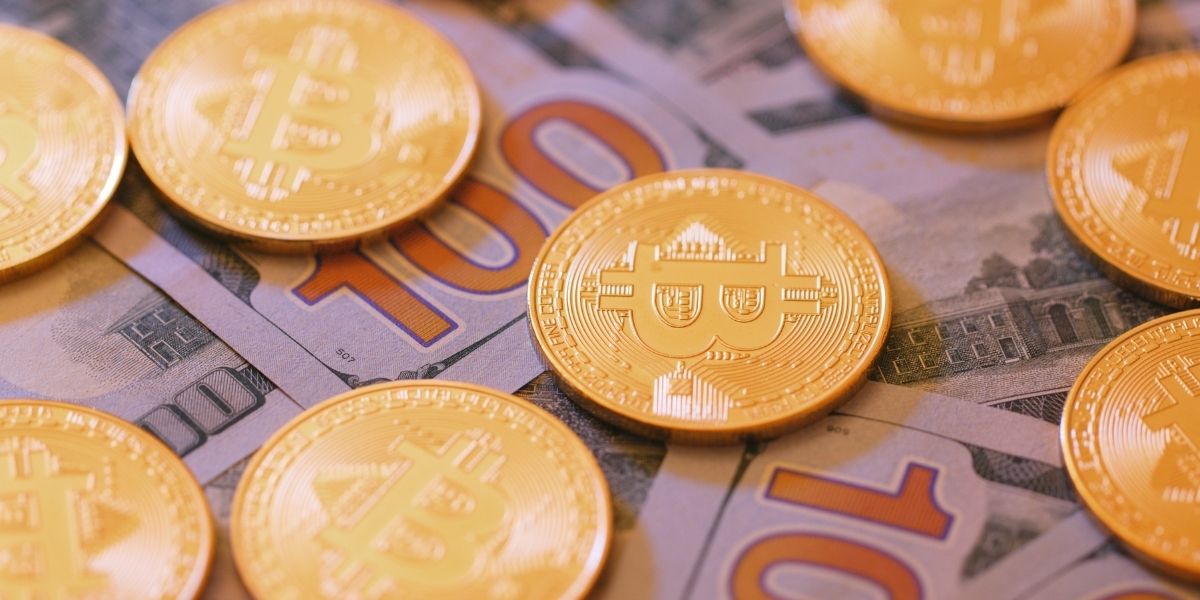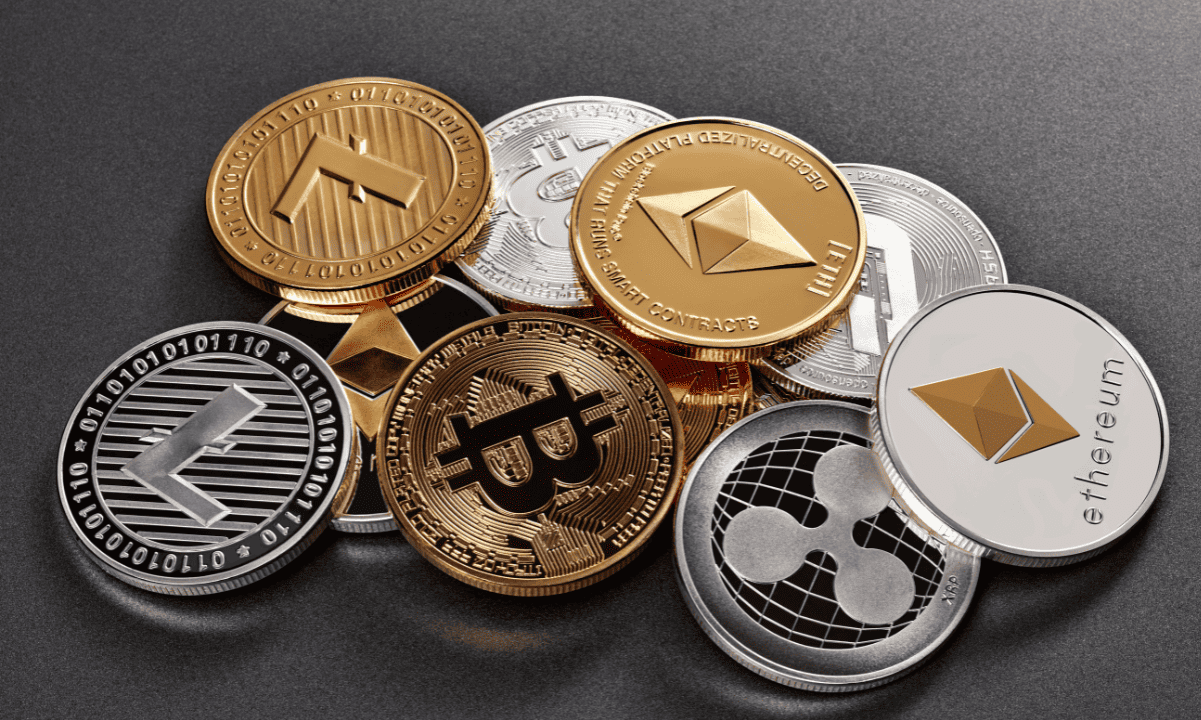 CaryptosHeadlines Media Has Launched Its Native Token CHT.
Airdrop Is Live For Everyone, Claim Instant 5000 CHT Tokens Worth Of $50 USDT.
Join the Airdrop at the official website,
CryptosHeadlinesToken.com
CaryptosHeadlines Media Has Launched Its Native Token CHT.
Airdrop Is Live For Everyone, Claim Instant 5000 CHT Tokens Worth Of $50 USDT.
Join the Airdrop at the official website,
CryptosHeadlinesToken.com
The tightening monetary policy period has been a nightmare for cryptocurrency investors, with the Fed constantly assigning blame elsewhere. As interest rates were raised rapidly, and now as they begin to decline, a new narrative is emerging. The Fed may choose Trump as the new scapegoat for inflation.
The Impact of Inflation and Trump
In recent years, the Fed has had numerous external factors to blame for inflation beyond its failures. It requires skill to cover up its shortcomings, presenting weaker influences as justifications to less informed communities. Powell and his team have excelled at this.
During the COVID era, inflation was the culprit, followed by the war in Ukraine becoming a major issue. Their focus on supply chain disruptions was impactful but has since worn thin, with inflation still on the rise. Thus, a new justification must emerge, likely revolving around Trump’s proposed tariffs by 2025.
What Causes Inflation?
In the U.S., inflation has stemmed from government spending beyond wars and diseases. A central bank printing more money coupled with increased government expenditures has diminished the value of currency in citizens’ hands. As factory production slows or port activities are restricted, the supply of goods shrinks, leading to price increases. However, it is not the Fed’s job to intervene in price adjustments.
The Fed’s role is to limit the infiltration of price changes into the economy and prevent secondary effects. Since early 2020, inflation has risen by 23%, with core PCE data indicating that inflation is still over 40% above the targeted 2% rate.
As inflation has surged and interest rates have rapidly escalated, federal spending in the U.S. has increased by 52% compared to 2019. National debt has surged by more than 50% since early 2020, with interest costs reaching $3 billion daily as rates tripled. During this same period, the Fed’s balance sheet has risen by 65%, with bank reserves and cash in circulation increasing by 63% and M2 supply rising by 39%.
With this situation, claiming Trump’s additional tariffs as the sole long-term culprit for inflation, particularly with China’s export dependency on the U.S., can only serve as a pretext for the Fed. Trump’s team aims to focus on reducing national spending strategies, targeting the right issues. If the Government Efficiency Department, including Elon Musk, can effectively execute its duties, inflationary pressures may be alleviated.
Trump suggests a 10% universal tariff, with trade representing 25% of the U.S. GDP. This indicates that while tariffs may help lower inflation in the long term, their short-term impact is likely to be minimal and one-off. Thus, in upcoming meetings, if Trump’s tariffs are presented by the Fed as a justification, it may be met with skepticism. If the D.O.G.E department performs well, it could lead to a better inflation narrative than the Fed’s struggle.

Although the Fed made a bold start with a 50bp rate cut in September, the 30-year fixed mortgage rates remain above 7%. This represents a 1% increase since September, suggesting that if the Fed is lowering rates, mortgage rates should also decline.
Disclaimer: The information contained in this article does not constitute investment advice. Investors should be aware that cryptocurrencies carry high volatility and therefore risk, and should conduct their own research.











